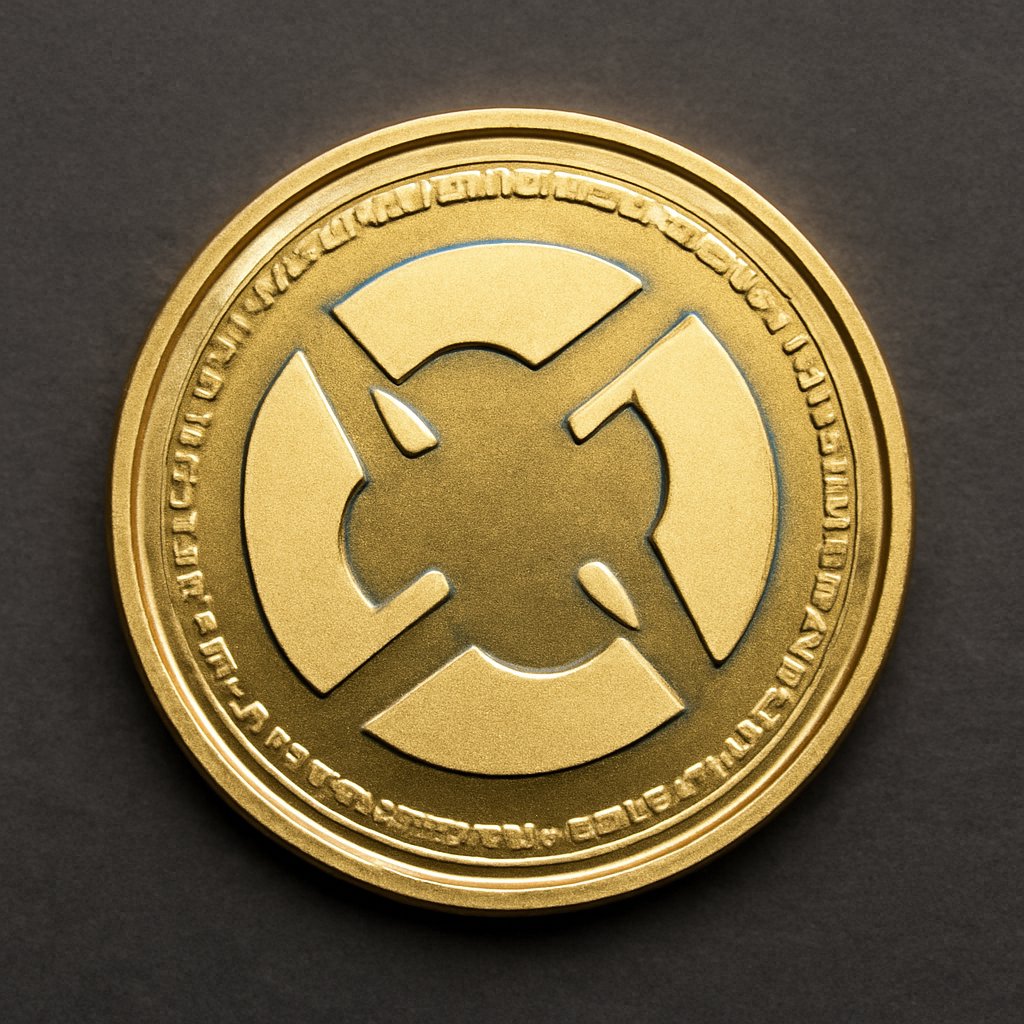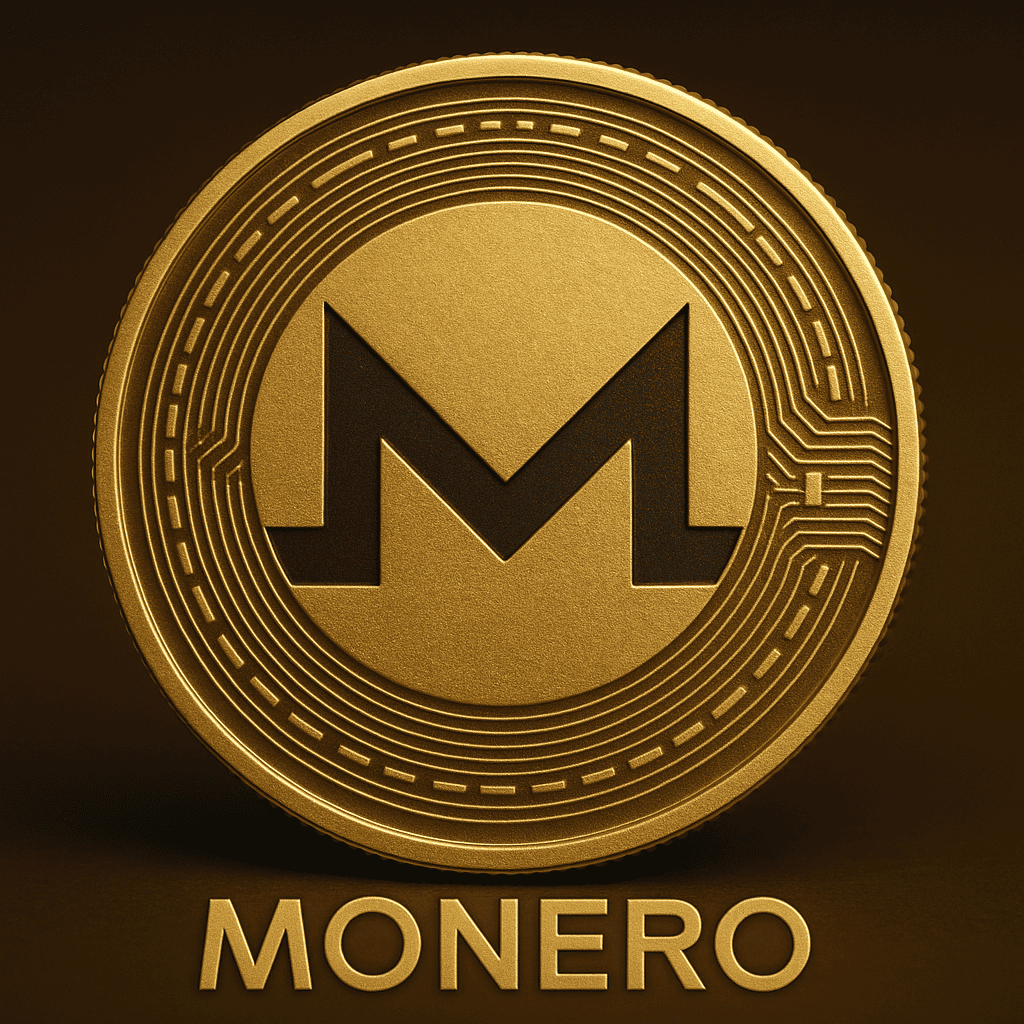0x (ZRX) is a decentralized exchange (DEX) protocol built on the Ethereum blockchain. It enables peer-to-peer trading of ERC-20 tokens without the need for intermediaries. Launched in 2017, 0x allows users to trade digital assets in a secure, transparent, and decentralized manner, reducing the reliance on centralized exchanges and offering more control over transactions. The 0x protocol has evolved to become an essential part of the DeFi (decentralized finance
The History of 0x’s Creation
0x was created by Will Warren and Amir Bandeali in 2016 as a solution to the problems of liquidity and inefficiency in decentralized exchanges. The idea was to create a system that would allow users to trade tokens directly without relying on centralized authorities, which could introduce security risks and higher fees. The 0x protocol was officially launched in 2017, and the project quickly gained attention within the blockchain and cryptocurrency communities. The team behind 0x focused on making it modular, allowing developers to create custom DEXs on top of the 0x protocol.
What Technology Does 0x Use?
0x utilizes Ethereum’s smart contract technology to facilitate decentralized token trading. The core of the 0x protocol is built around relayers, which are responsible for hosting order books, facilitating transactions, and matching buy and sell orders. It relies on off-chain order books, which allows for greater scalability, as the actual trading of tokens happens off the blockchain, with only settlement and validation taking place on Ethereum.
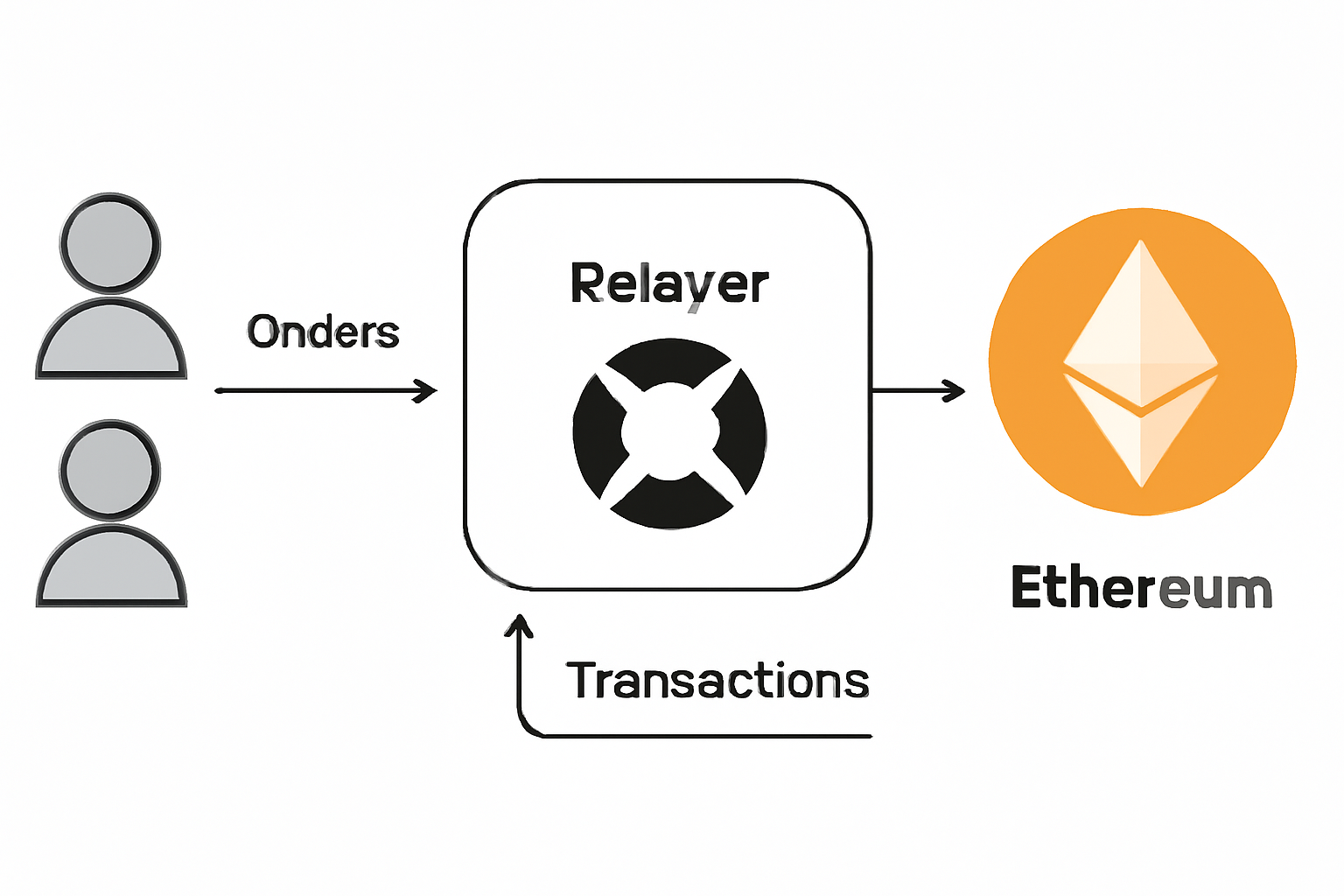
Underlying Blockchain Technology
As a decentralized exchange protocol, 0x leverages Ethereum’s blockchain to record transactions, ensuring transparency and security. The protocol allows for the creation of liquidity pools, enabling the trading of ERC-20 tokens while utilizing Ethereum’s robust and secure infrastructure. Each transaction is validated by smart contracts, which are immutable and automated, ensuring trustless trading and reducing the potential for human error or manipulation.
What is a Decentralized Network and How is it Used by 0x?
A decentralized network refers to a system where no single party controls the entire network. 0x uses Ethereum’s decentralized network to allow peer-to-peer trading of tokens. Instead of relying on a central exchange, 0x relies on relayers to act as intermediaries for order matching and liquidity provision. However, these relayers don’t hold the assets; they simply facilitate the process of connecting buyers and sellers, keeping transactions trustless and decentralized.
How Many Transactions Can 0x Process Per Second and What Does it Cost to Process a Transaction? How Long Does a Transaction Take? Are There Scaling Solutions?
The number of transactions per second (TPS) that 0x can process is tied to the Ethereum network’s capabilities. Ethereum can handle around 15-30 transactions per second, but the use of off-chain order books in 0x significantly reduces the load on the Ethereum blockchain.
Transaction Speed and Average Transaction Fees
- Transactions per second: Dependent on Ethereum’s network speed, with 0x facilitating off-chain trades.
- Transaction fees: Fees are generally low but depend on Ethereum gas prices. Users typically pay a small fee to the relayer for matching orders, in addition to Ethereum’s gas fees for settlement.
- Transaction confirmation time: Transactions on 0x depend on Ethereum’s block time, typically around 15 seconds to 1 minute.
Scalability Challenges
0x faces scalability challenges, mainly due to Ethereum’s limited transaction throughput. Although 0x’s use of off-chain order books reduces Ethereum’s load, the settlement layer on Ethereum can still lead to congestion during periods of high demand.
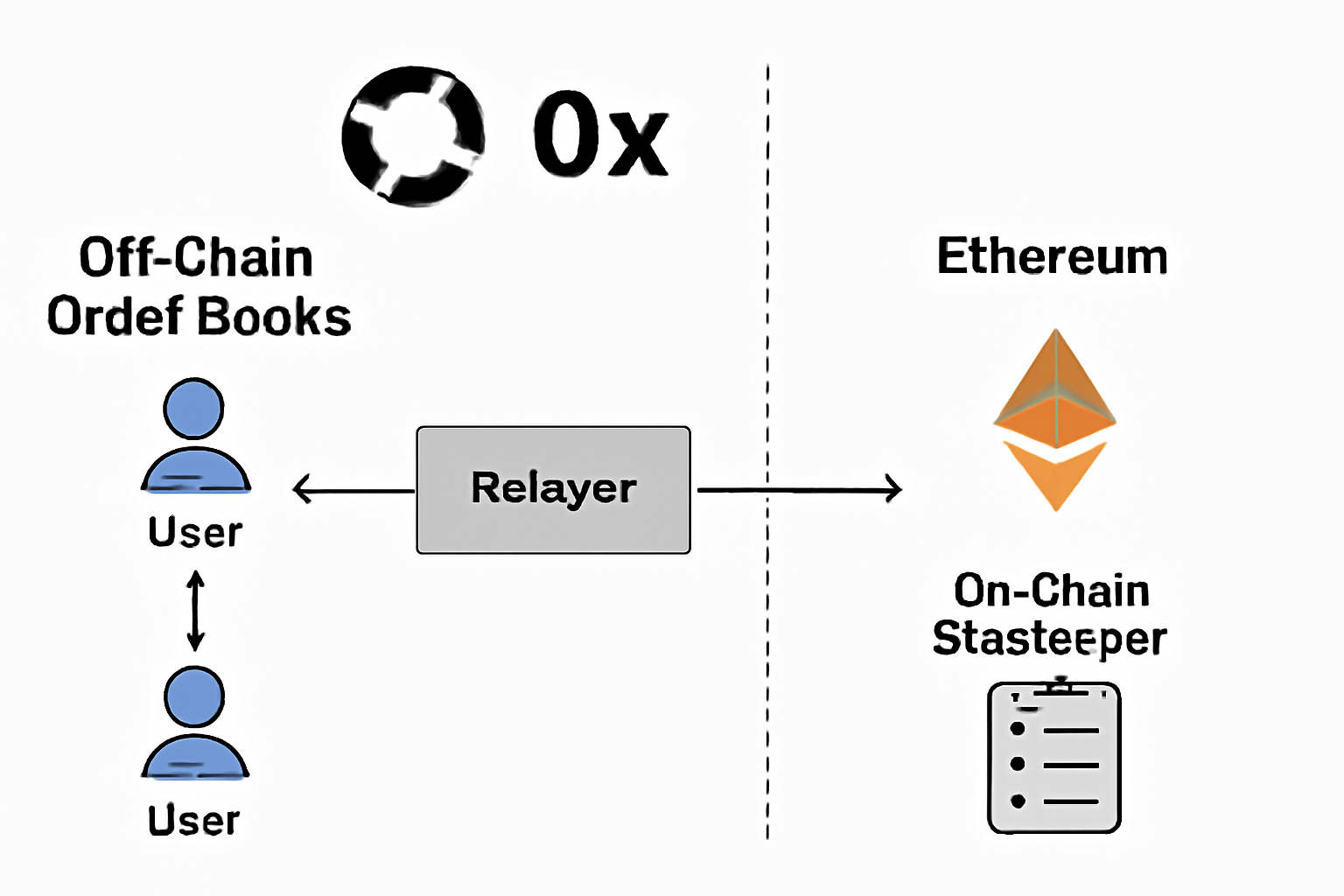
Scaling Solutions
Some scaling solutions for 0x are as follows:
- Layer 2 Solutions (e.g., Optimistic Rollups, ZK-Rollups): These solutions allow transactions to occur off-chain while ensuring data is eventually finalized on the Ethereum network.
- More Efficient Relayer Networks: By optimizing the performance and infrastructure of relayers, 0x can handle more transactions without congesting the Ethereum network.
How Environmentally Friendly is 0x?
Since 0x operates on Ethereum, it shares the same energy consumption concerns. Ethereum’s proof-of-work consensus mechanism requires miners to solve computational problems, consuming significant amounts of energy. However, Ethereum has been transitioning to proof-of-stake (Ethereum 2.0), which is expected to reduce energy consumption significantly. In the meantime, 0x’s use of off-chain order books reduces the load on Ethereum, thus indirectly lowering the environmental impact compared to on-chain trading.
Sustainable Mining Approaches
As Ethereum moves toward proof-of-stake, the energy efficiency of the entire Ethereum ecosystem—including 0x—will significantly improve. The transition to Ethereum 2.0 will make 0x’s operation more environmentally friendly by eliminating the need for energy-intensive mining activities.
What are the Current and Future Developments in the 0x Ecosystem?
The 0x ecosystem is constantly evolving, with continuous updates to improve scalability, security, and usability. Key developments include:
- 0x V4: This upgrade focuses on improving the protocol’s efficiency, offering better liquidity, and enhancing compatibility with decentralized finance (DeFi) projects.
- Integration with other DeFi platforms: 0x is working to integrate with other DeFi protocols, enabling more seamless trading experiences and liquidity aggregation across platforms.
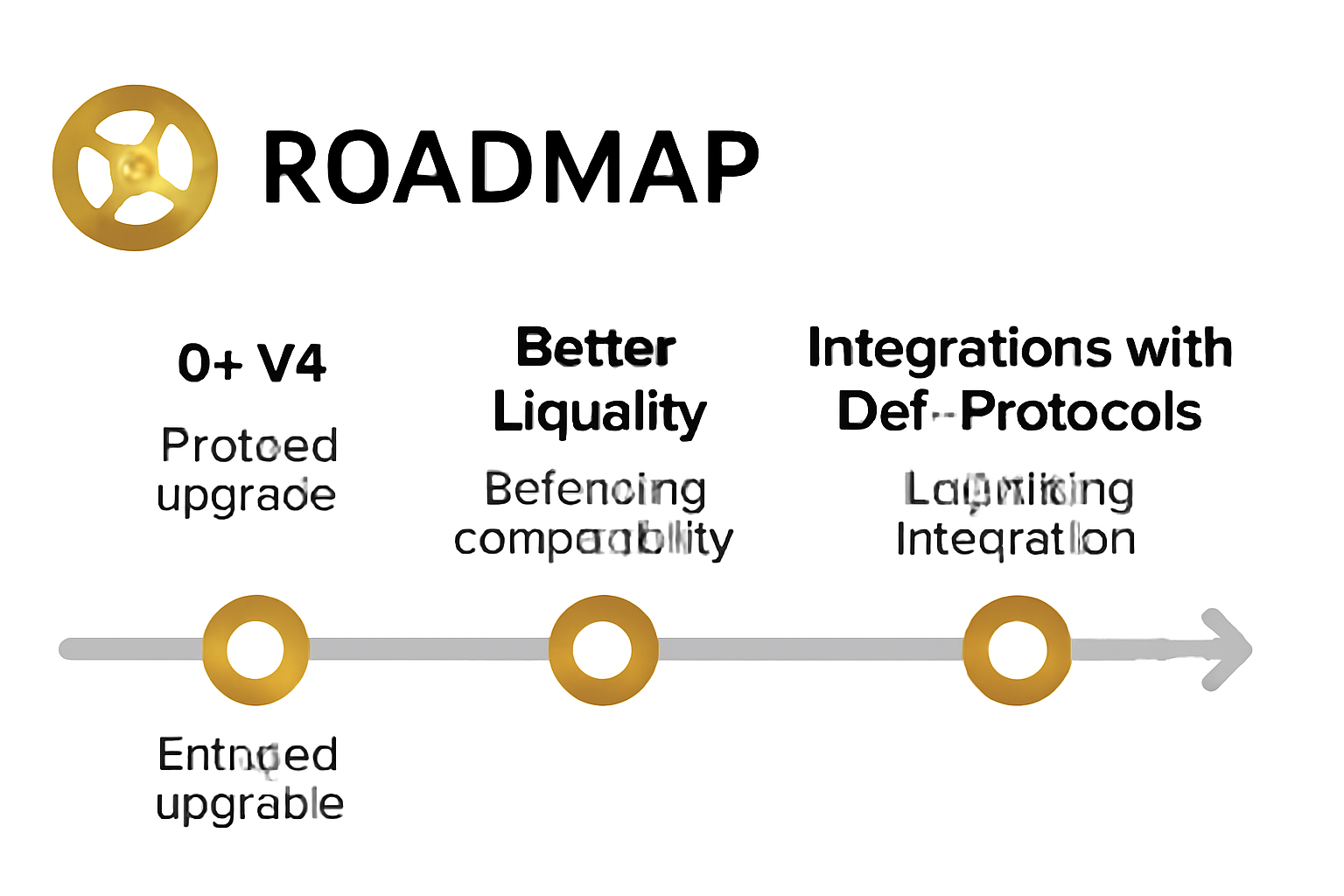
New Technologies and Partnerships
- Partnerships with DEX aggregators: 0x is integrated into many DEX aggregators, such as 1inch, which helps increase its liquidity and visibility within the DeFi space.
- Liquidity Pool Expansion: By enabling more tokens to be traded across 0x-powered platforms, the ecosystem is growing to support an ever-expanding range of assets.
Regulations Affecting 0x
As the DeFi space grows, regulatory bodies are starting to take more interest in protocols like 0x. The increasing pressure for compliance in areas like Know Your Customer (KYC) and Anti-Money Laundering (AML) regulations will affect how decentralized platforms operate. 0x and other DeFi platforms will need to navigate these regulations while maintaining their decentralized nature.
Long-Term Perspectives and Developments
The long-term future of 0x involves continuing to enhance its scalability and improve liquidity for decentralized token trading. As Ethereum 2.0 and other scaling solutions progress, 0x will be well-positioned to handle larger volumes of trades and serve a broader audience.
What is the 0x (ZRX) Price Forecast Until the End of 2025?
While predicting the price of ZRX is difficult due to the volatility of cryptocurrencies, several factors can influence its price by the end of 2025:
- Adoption of DeFi: As more users turn to decentralized platforms, 0x’s role in enabling token swaps may increase, leading to higher demand for ZRX.
- Ethereum 2.0: The successful transition to Ethereum 2.0 will reduce Ethereum’s energy consumption, making Ethereum-based platforms like 0x more sustainable, which could increase the adoption of ZRX.
- Regulatory Clarity: The regulatory environment will also play a crucial role in determining ZRX’s long-term value, as clearer regulations could help foster more institutional interest in decentralized exchanges.
Factors Affecting the Price by 2025
- Regulation: Governments’ stance on DeFi and cryptocurrencies will heavily influence the price of ZRX. Positive regulatory frameworks could encourage wider adoption, while negative regulations could restrict growth.
- Adoption: The broader DeFi adoption will directly benefit 0x, leading to more transactions and an increase in demand for ZRX.
- Ethereum 2.0 Impact: As Ethereum scales and becomes more energy-efficient, the entire ecosystem—including 0x—could see greater interest and growth.
What Advantages Does 0x Have Compared to Other Cryptocurrencies?
- Decentralization: Unlike centralized exchanges, 0x allows users to trade tokens directly with each other through a decentralized protocol, giving them more control over their funds.
- Security: 0x’s use of Ethereum’s blockchain ensures transactions are secure and immutable.
- Liquidity: By enabling token swaps through a network of relayers, 0x increases liquidity in the DeFi ecosystem, making it easier for users to find trading opportunities.
Why 0x is Seen as a Key Protocol in DeFi
0x is considered a key protocol in the decentralized finance space because it enables secure, low-cost, and efficient trading of ERC-20 tokens. Its integration with many DEX aggregators and decentralized finance platforms strengthens its position in the DeFi landscape.
What Disadvantages Does 0x Have Compared to Other Cryptocurrencies?
- Relayer Fees: Users need to pay fees to relayers for facilitating trades, which can add to the cost of transactions.
- Ethereum Congestion: As 0x relies on Ethereum for final transaction settlement, high network congestion can result in slower transaction times and higher fees.
- Dependency on Ethereum’s Performance: Any issues with Ethereum, such as scalability challenges or security vulnerabilities, can directly impact 0x’s performance.
Is 0x Anonymous?
0x offers a higher degree of privacy than centralized exchanges, as it doesn’t require personal information for trades. However, all transactions are recorded on the Ethereum blockchain, so they are visible to anyone who looks. This means that while 0x provides pseudonymity, it is not fully anonymous, as addresses can be traced.
Is 0x Secure?
0x is considered secure, as it operates on the Ethereum blockchain, which is one of the most secure blockchains available. The use of smart contracts ensures that transactions are automatically executed without the need for a trusted intermediary. However, the security of the platform depends on the integrity of the relayers and the Ethereum network.[Is 0x Decentralized?
Yes, 0x is a decentralized protocol. The platform does not rely on a central authority to facilitate transactions. Instead, it uses relayers to host order books and match orders, maintaining decentralization at its core. However, the level of decentralization depends on the relayer network, and centralization could occur if only a few relayers dominate the market.
Is 0x Real Money?
0x (ZRX) is not considered “real money” by many standards, as it is not widely accepted as a medium of exchange. Instead, it is used primarily within the 0x ecosystem for governance purposes and to pay fees. ZRX can be traded on various exchanges, but it is not a widely used currency in the traditional sense.
0x’s Role in Developing Countries
0x enables decentralized trading of assets, providing access to financial services in regions where centralized exchanges may be unavailable or restricted. By offering a peer-to-peer trading platform, 0x can empower users in developing countries to access global markets and manage their assets without relying on traditional banking systems.
What are the Use Cases for 0x?
- Decentralized Trading: 0x allows users to trade ERC-20 tokens directly with each other in a decentralized manner.
- Liquidity Aggregation: By connecting multiple DEXs, 0x improves liquidity across different platforms, making it easier for users to find the best trading opportunities.
- Governance: ZRX token holders can participate in the governance of the protocol, voting on protocol upgrades and changes.
Can 0x Replace Traditional Exchanges?
While 0x offers several advantages over centralized exchanges, such as decentralization and improved security, it faces scalability challenges that may prevent it from fully replacing traditional exchanges in the near future. However, as DeFi and decentralized trading continue to grow, 0x’s role in the ecosystem is likely to expand.
How is 0x Regulated Worldwide?
The regulatory landscape for 0x is evolving, as governments seek to establish clear rules for decentralized finance. 0x operates in a decentralized manner, which makes it harder to regulate than traditional exchanges. However, increasing regulatory scrutiny could affect its future development, especially in regions with strict financial regulations.
Is the 0x Network Protected Against Hackers?
The 0x protocol itself is highly secure, but like all blockchain-based systems, it can still be vulnerable to hacks. For example, relayers could be targeted, and users could lose their funds if their wallets or private keys are compromised. The security of the 0x network relies on the integrity of Ethereum and the decentralized nature of the platform.
Disclaimer
The information on this website is for educational purposes only, and investing carries risks. Always do your research before investing, and be prepared for potential losses.
18+ and Gambling: Online gambling rules vary by country; please follow them. This website provides entertainment content, and using it means you accept out terms. We may include partnership links, but they don't affect our ratings or recommendations.
Crypto promotions on this site do not comply with the UK Financial Promotions Regime and are not intended for UK consumers.


